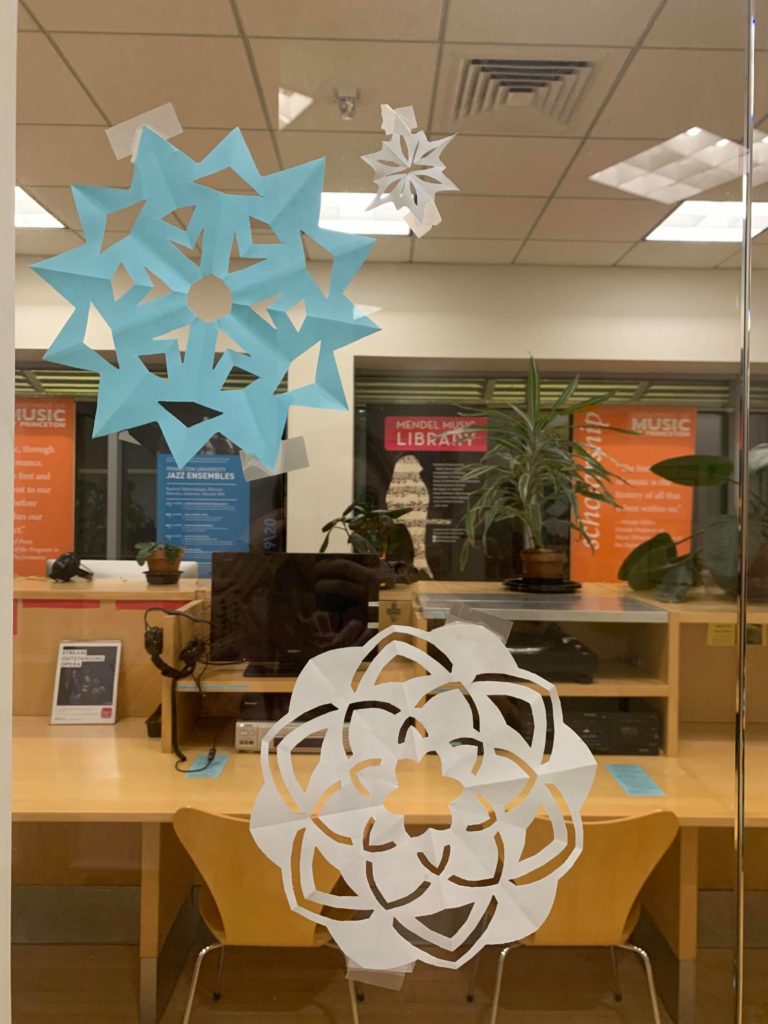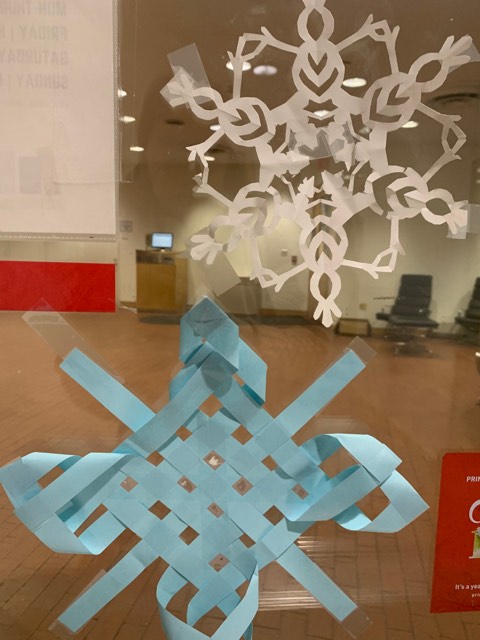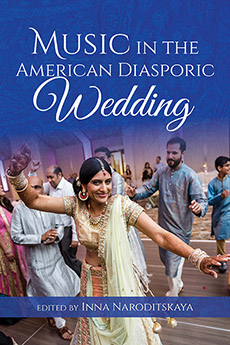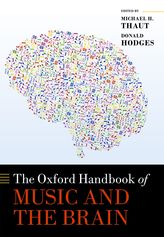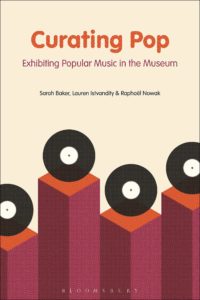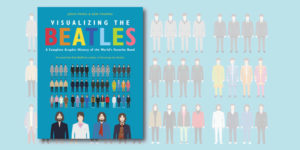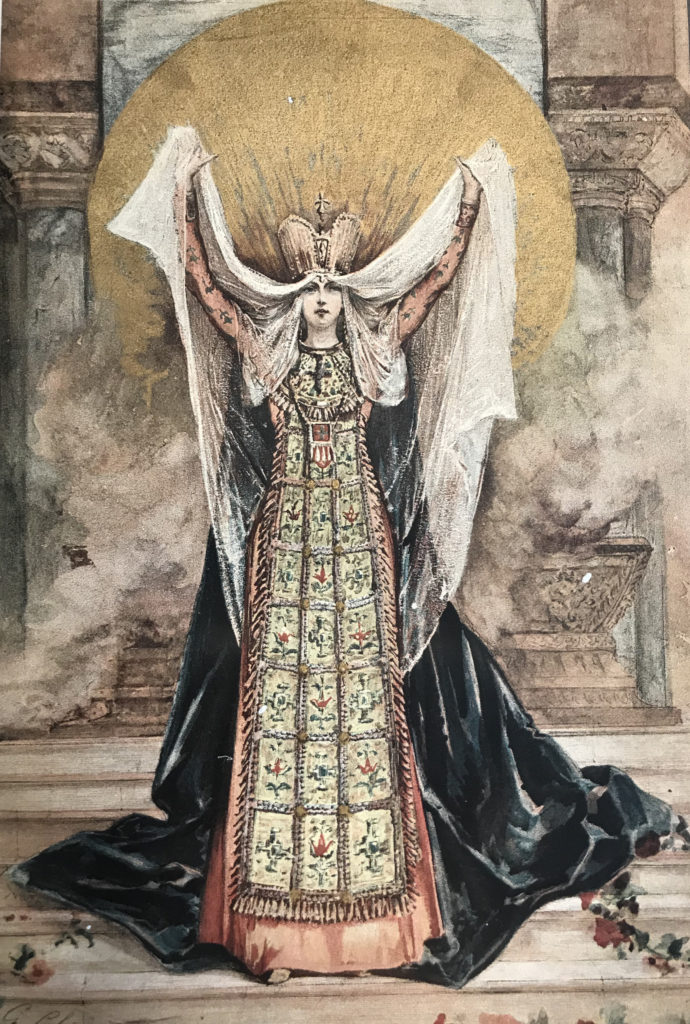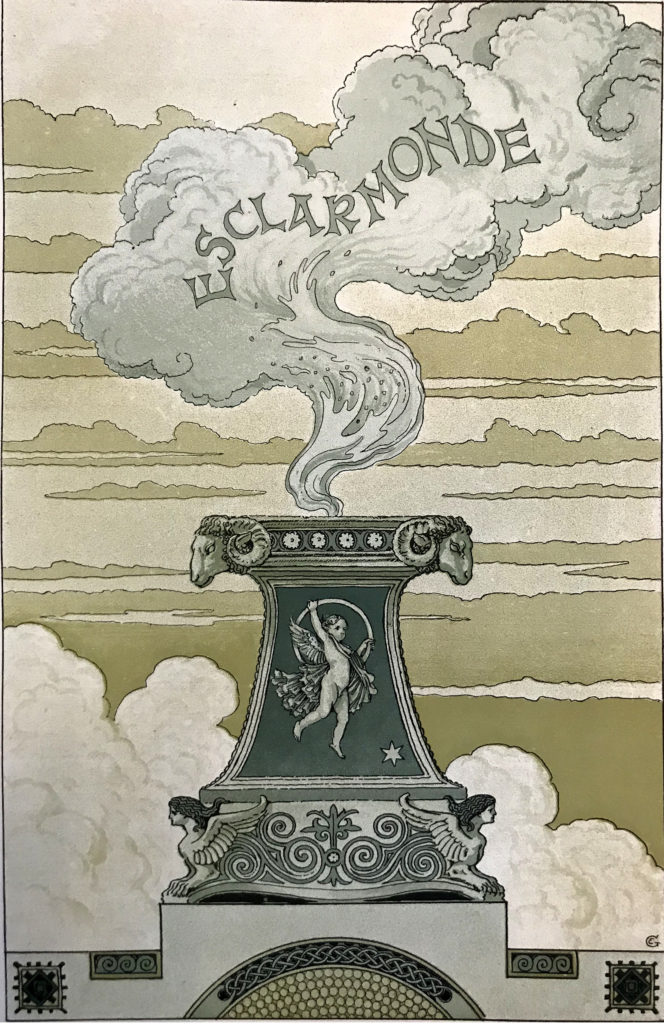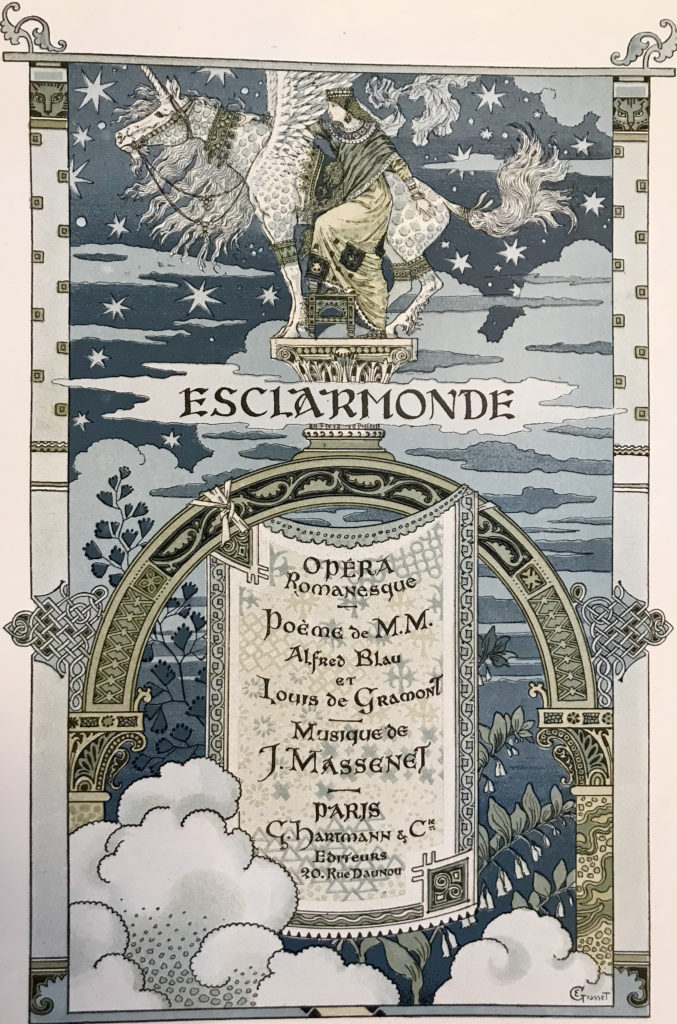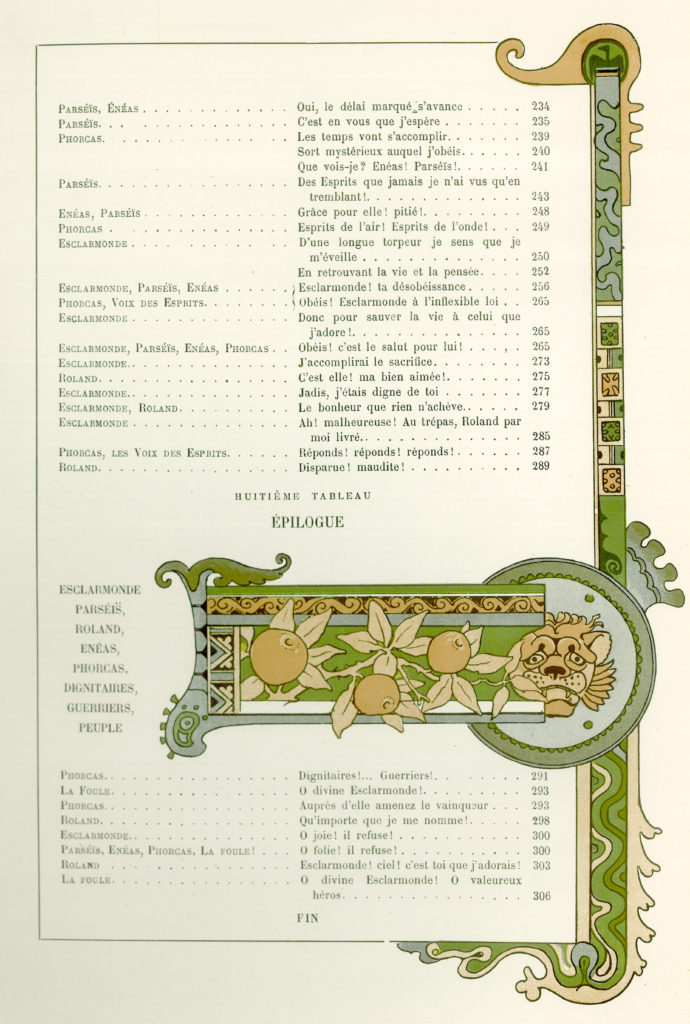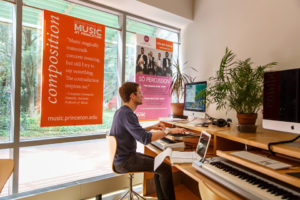
It’s a fact that Princeton students are busy, and that the campus’ physical area is reasonably large. As a result, you may not always make it to Mendel in person and explore our plethora of resources, from music scores to CDs to literature on your favorite artists.
If this sounds like you, but you’re now wondering how you can still take advantage of the Princeton musical web, look no further than this blog post. Below is a list of some online musical resources to get you started from the comforts of your very own dorm room. All you’ll need is a Princeton User ID and you’ll be all set!
BabelScores
BabelScores is a wonderful resource for musicians interested in exploring the world of contemporary music. The library is constantly growing in its vast library of scores from the last 40 years. You’re able to subscribe to an online library where you can read for free, or rent or buy scores directly through their website. If you’re interested in browsing contemporary music in the last couple of decades, BabelScores is the place to be!
Berlin Philharmonic Digital Concert Hall
This Digital Concert Hall is a rare opportunity for you to experience concerts live in action. This incredible resource allows you to tune into live streams of concerts happening in real time of the Berliner Philmaroniker. If you can’t make a concert, that’s also not a problem – this website also has a large archive of past concerts, from the ones that have played in the past few weeks to performances dating back to 1966. Check out the Berlin Philharmonic Digital Concert Hall if you’re interested in listening to and watching professional musicianship take place!
Digital Theatre +
Digital Theatre + is a more recent addition to our resources, but a valuable one nonetheless. Founded in 2009, DT+ is an educational resource that collaborates with theatre companies all over the world to capture live performances in HD, bring insights from behind the scenes, and much more. They believe that “the arts are for everyone, not just the few,” and commit to this mission by creating content that can be used and accessed by everyone.
Database of Recorded American Music
DRAM is a not-for-profit resource that contains everything you need to know about American music. The catalog is extremely diverse, with genres from folk to opera to classical to rock to everything in between. With essays, notes, and audio streaming of the highest quality, DRAM is your one-stop-shop for contemporary American sound.
Medici.tv
Medici.tv is another excellent resource to watch events, live and recorded, from wherever you can manage to find a computer! Medici.tv is not restricted to music, and also contains performances like ballets, workshops, and documentaries. If you’re not quite sure what you’re feeling like watching but you know you want to experience some form of art, Medici.tv is a great place to start your search.
Met Opera on Demand
The name explains it all! If you’ve always wanted to go to the Met Opera, but haven’t been able to find the time to take NJ transit all the way to New York, Mendel has got you covered. This resource is updated quite regularly, so if there’s an opera that you wanted to see but never got around to, take a peek here!
Alexander Street
Alexander Street is a giant of a resource that has literally millions of tracks to choose from. Primarily an audio streaming service, the resource is divided into several sub-categories because there is simply too much music available to be grouped into a general one. Search what you’re feeling and it’s more likely than not that Alexander Street will have you covered.
Naxos Music Library
Naxos Music Library boasts the world’s largest online classical music library, streaming more than 120,000 CDs. Naxos also has Jazz and World music sections, with music from a wide range of record labels, genres, and artists.
OntheBoards.tv
Launched in 2010, OntheBoards.tv delivers high quality contemporary performance to your desktop. They are one of the first organizations to begin filming contemporary works. You’re bound to find a performance to your liking in the 41+ performance films and 42+ artists from all around the world.
There’s so much more in the online musical database of Mendel and Princeton University that is exciting, but this is a good start if you have no idea where to begin. If you’re interested in exploring more, check out the databases page under the Princeton University Library. Happy listening!







